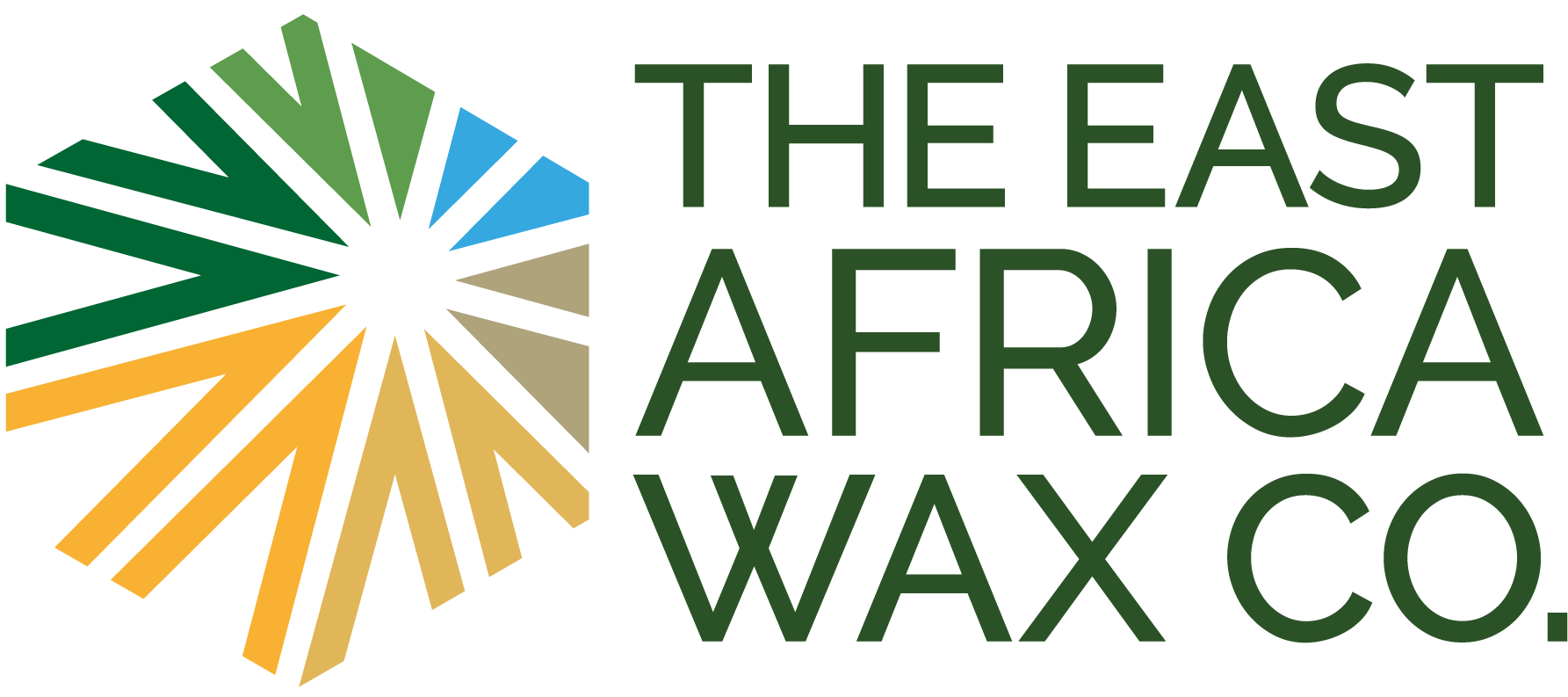Beeswax sourced from wild bees
Beekeeping with a light touch
EAWC bees are all free to roam and forage seasonal flora & fauna. The majority of the bees live in traditional bark hives that hang in the treetops. These hives are located across agricultural land, in or near national parks, forests and on small holdings.
The traditional light touch method means minimal intervention and enables the bees population to be naturally robust and healthy.
Our beekeeping requirements are;
Antibiotics & pesticides are NOT used
Drones are NOT removed from hives. They are naturally chased out by female worker bees if the population increases
NO queen breeding takes place. New queens grow naturally when new colonies form by swarming
NO queen restrictions
No wing clipping is allowed
Hives are NOT moved for commercial pollination reasons
30% honeycomb is left during harvest to support the brood
Traditional log bark hive located in the trees
West Pokot Region where some EAWC hives are located
respecting our bees as nature intended
Beeswax is secreted by worker bees in the form of thin scales. produced by glands on the ventral (stomach) surface of their abdomen. Honey bees use the beeswax to build honey comb cells.
For the bees to secrete wax the ambient temperature in the hive must be 33 to 36°C (91 to 97°F).
Estimates are that bees fly 150,000 miles to yield one pound of beeswax (530,000 km/kg).
Approximately 3-4kg of honey is consumed by bees to produce 0.5kg of crude beeswax.
A strong colony can produce between 1-2kg of wax annually.



